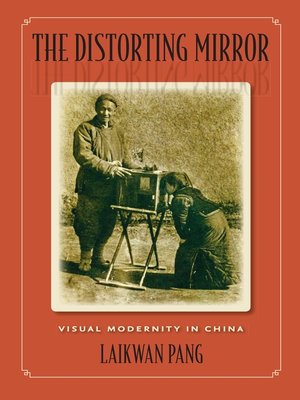
Sign up to save your library
With an OverDrive account, you can save your favorite libraries for at-a-glance information about availability. Find out more about OverDrive accounts.
Find this title in Libby, the library reading app by OverDrive.



Search for a digital library with this title
Title found at these libraries:
| Library Name | Distance |
|---|---|
| Loading... |
The Distorting Mirror analyzes the multiple and complex ways in which urban Chinese subjects saw themselves interacting with the new visual culture that emerged during the turbulent period between the 1880s and the 1930s. The media and visual forms examined include lithography, photography, advertising, film, and theatrical performances. Urbanites actively engaged with and enjoyed this visual culture, which was largely driven by the subjective desire for the empty promises of modernity—promises comprised of such abstract and fleeting concepts as new, exciting, and fashionable.
Detailing and analyzing the trajectories of development of various visual representations, Laikwan Pang emphasizes their interactions. In doing so, she demonstrates that visual modernity was not only a combination of independent cultural phenomena, but also a partially coherent sociocultural discourse whose influences were seen in different and collective parts of the culture. The work begins with an overall historical account and theorization of a new lithographic pictorial culture developing at the end of the nineteenth century and an examination of modernity's obsession with the investigation of the real. Subsequent chapters treat the fascination with the image of the female body in the new visual culture; entertainment venues in which this culture unfolded and was performed; how urbanites came to terms with and interacted with the new reality; and the production and reception of images, the dynamics between these two being a theme explored throughout the book.
Modernity, as the author shows, can be seen as spectacle. At the same time, she demonstrates that, although the excessiveness of this spectacle captivated the modern subject, it did not completely overwhelm or immobilize those who engaged with it. After all, she argues, they participated in and performed with this ephemeral visual culture in an attempt to come to terms with their own new, modern self.







